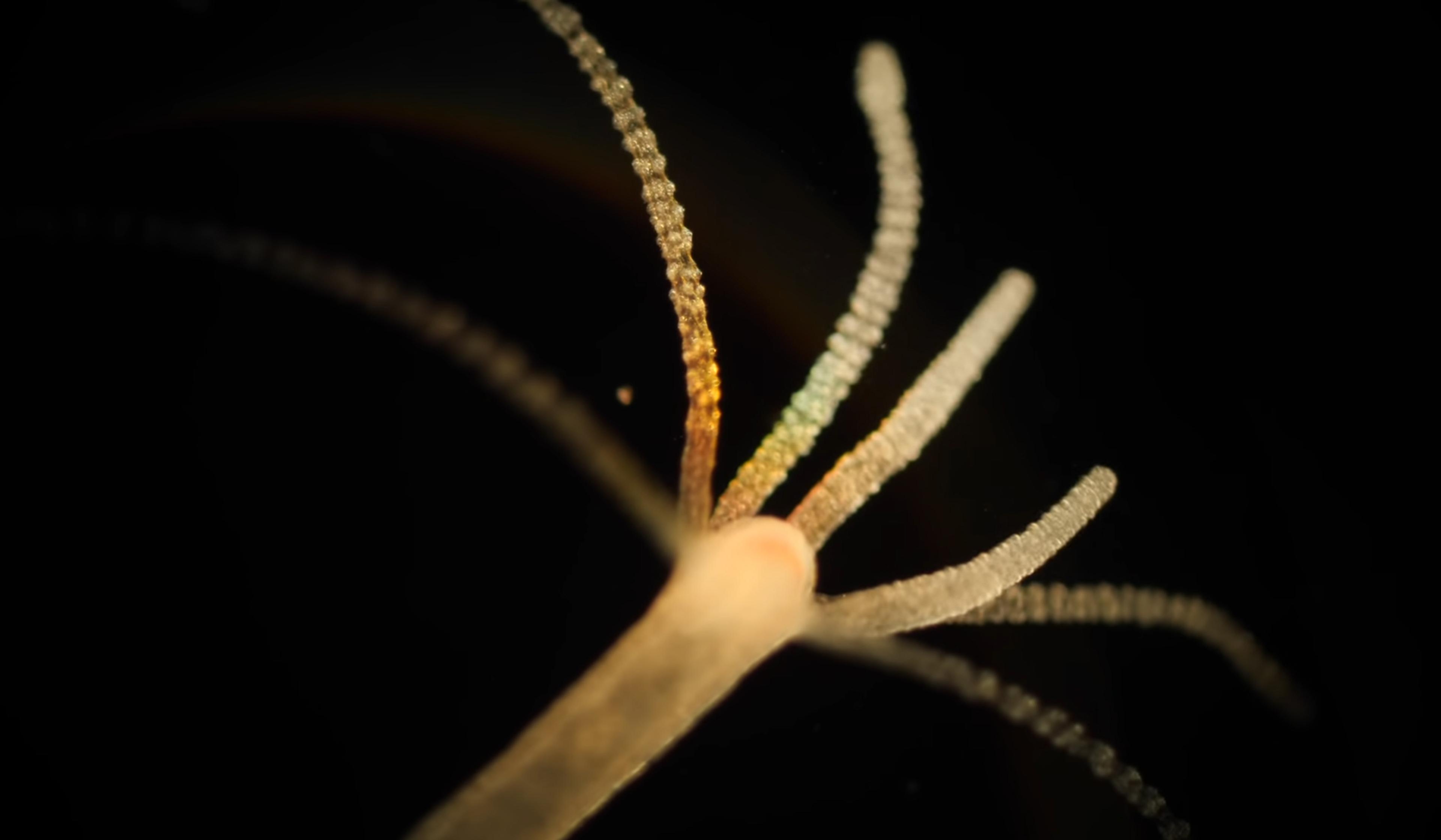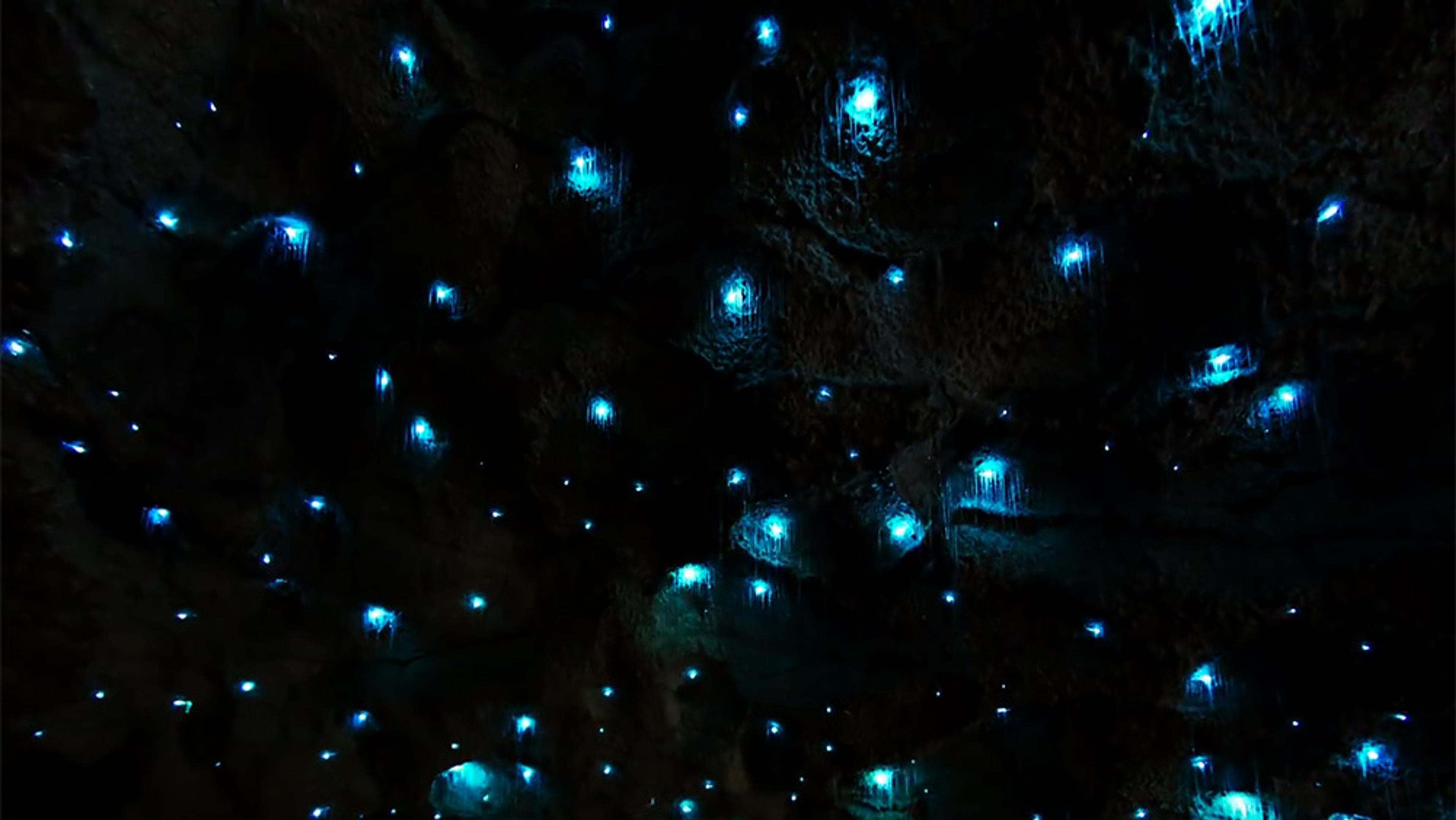Nudibranchs, also commonly known as sea slugs, are a group of snail-like sea invertebrates. Despite appearing more or less defenceless, nudibranchs broadcast their whereabouts with their flamboyant, brightly coloured bodies. From an evolutionary standpoint, it might seem like a curious move, but their luminous skin actually serves as a warning to would-be predators to let them know they’d make for a dangerous meal. While some nudibranchs accumulate toxins and other defensive chemicals in their bodies, others – like the star of this film – have an even craftier method of warding off enemies. This remarkable short from the science and nature documentary series Deep Look details the clever way that some nudibranchs protect themselves by stealing defences from stinging sea animals known as hydroids. You can read more about this video at KQED Science.
Far from sluggish: the remarkable sea creature that weaponises its dinner
18 September 2018

videoBiology
If a sea urchin survives the incredible tumult of youth, it’s nearly immortal
3 minutes

videoEvolution
How lobsters use their 12 ‘noses’ to woo mates, find food and win fights
5 minutes

videoEvolution
Pygmy seahorses survive by disappearing into the world around them
2 minutes

videoEcology and environmental sciences
Watch as wanderlust propels mussels on epic journeys worthy of a Pixar movie
5 minutes

videoBiology
Cape sundews move, react and attack in a way that seems more animal than plant
4 minutes

videoBiology
Blend up a hydra, and its cells will coalesce back into a full creature. How?
5 minutes


